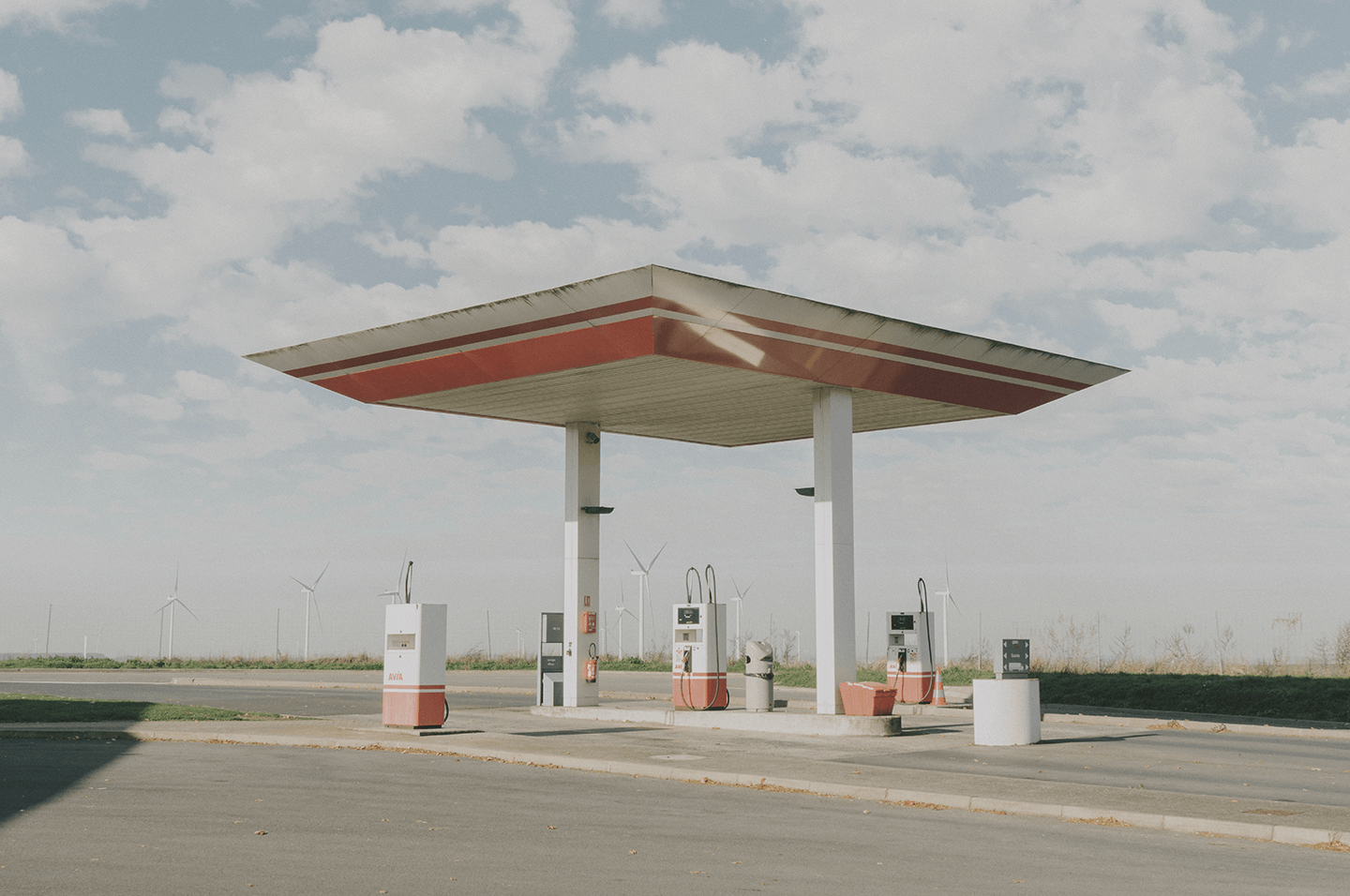
Cartel
The price you pay for petrol comes down to a little more than supply and demand. Global oil is run by a very public, very legal cartel. OPEC+ comprises 23 countries with control of 90% of global oil reserves. By constantly changing supply, they completely control oil prices.
Let’s take a trip back to 10th-grade economics. The very first lesson was spent explaining the laws of supply and demand. Prices are derived from the point supply and demand met. The number on the tag of a pair of Calvin Kleins and the cost of a second hand Playstation is largely determined by supply and demand. How about petrol at the bowser each time you fill-up? It’s a little more complicated.
Oil is controlled by a very public, completely legal cartel: the Organization of the Petroleum Exporting Countries+ (creative name). OPEC+ is the global authority on oil prices. What started as 13 countries from the UAE to Equitorial Guinea in the 1960s expanded to 23 countries including Russia in 2016. Controlling ~90% of all oil reserves and 50% of output, their power is based on fundamental strength.
So what does OPEC+ do? The group meets regularly and agrees on how much oil will be produced and supplied to the world. This dictates the price. It’s important to recognise that oil is an inelastic good meaning demand doesn’t react to changes in prices much; people need oil every day regardless of the cost.
Why don’t they keep prices high constantly? While this is generally the case, the group also increases their supply to increase revenues. After all, a lower price leads to more demand. There are also internal power struggles as 23 countries try and balance their immediate needs around one price.
In March 2020, Russia and Saudi Arabia engaged in an oil price war. On the back of Covid lockdowns drastically reducing oil demand, OPEC+ was prepared to cut production to stabilise prices…until Russia rejected the proposal. Saudi Arabia and Russia flooded the market with oil in an effort to force the other out until the bleeding had to be stemmed, and a truce was announced.
Moreover, OPEC+ does not control all oil output. The US and Canada produce 25% of world oil. OPEC+ does not have a complete monopoly and are forced to follow North American trends.
In April 2020, US oil futures plunged below zero. US oil rigs could not afford to close and continued to supply barrels to a demand barren market. All possible storage space for oil was occupied meaning buyers were willing to pay to have oil taken off their hands because they had no where to put impending deliveries.
These are two very simplified examples of the complex, ever changing world of oil. Extending further than simple supply and demand, high level international game theory in a somewhat competitive market.
Sign up to Stake